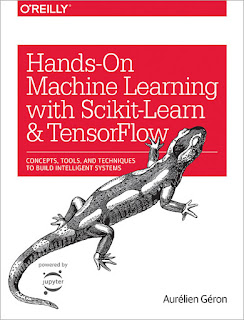SCALA (Scalable Language) is a modern programming language created by
Martin Odersky , influenced by Java, Ruby, Smalltalk and
others.
Scala smoothly and effortlessly integrates object-oriented and
functional programming .It supports Java-like superior coding style and
simultaneously supports a functional style.
Combining the
strengths of the Functional and Imperative programming models, Scala is a great
tool for building highly concurrent applications without surrendering the
advantages of an OO methodology.
Features of Scala Programming Language
- Scala code runs on the JVM and allows you to use the affluence of Java libraries that have been developed over the years.
- Features in object oriented programming (OOP) language such as Classes and inheritance are fully supported in Scala. Some other features in Scala are traits, objects and case classes.
- Every variable here is an object (Variable definitions start with var ) and every “operator” is a method. It’s also has functional programming (FP) language, so you can pass functions (Function definitions start with def.) around as variables.
- Scala has advanced language features and rich Java integration.You can write your Scala code using OOP, FP, or both.
- Scala has expressive syntax and static typing
Installing Scala Software
For Installing
Scala On Unix systems download the software from the Scala download page to a
directory on your computer like $HOME/scala, and then add these lines to your
$HOME/.bash_profile file.
export
SCALA_HOME=/Users/Al/scala
PATH=$PATH:/Users/Al/scala/bin
To Install Scala
in Microsoft Windows you can follow equivalent process. Check the Scala download page for more
information.
Books to Read on Scala
- Programming in Scala: A comprehensive Step-by-Step Scala Programming Guide by MartinOdersky, Lex Spoon, Bill Venners
- Scala for the Impatient by Cay Hortsmann
- Scala in Depth by Joshua D Suereth
- Introduction to the Art of Programming Using Scala by Mark Lewis
- Atomic Scala by Eckel and Marsh
- Functional Programming in Scala by Paul Chiusano and Rúnar Bjarnason




